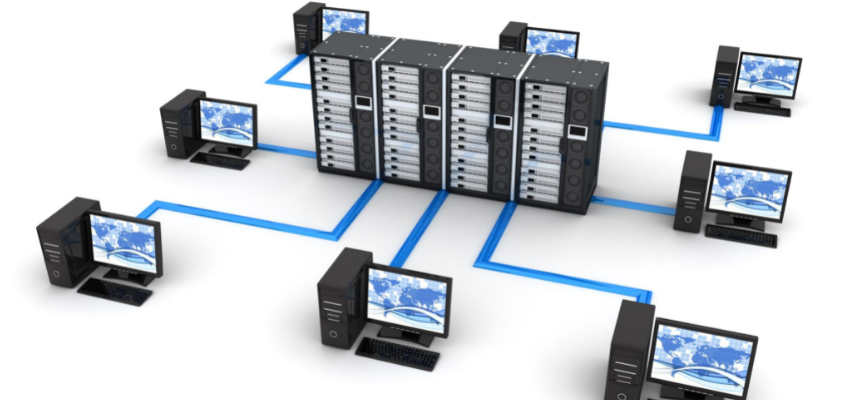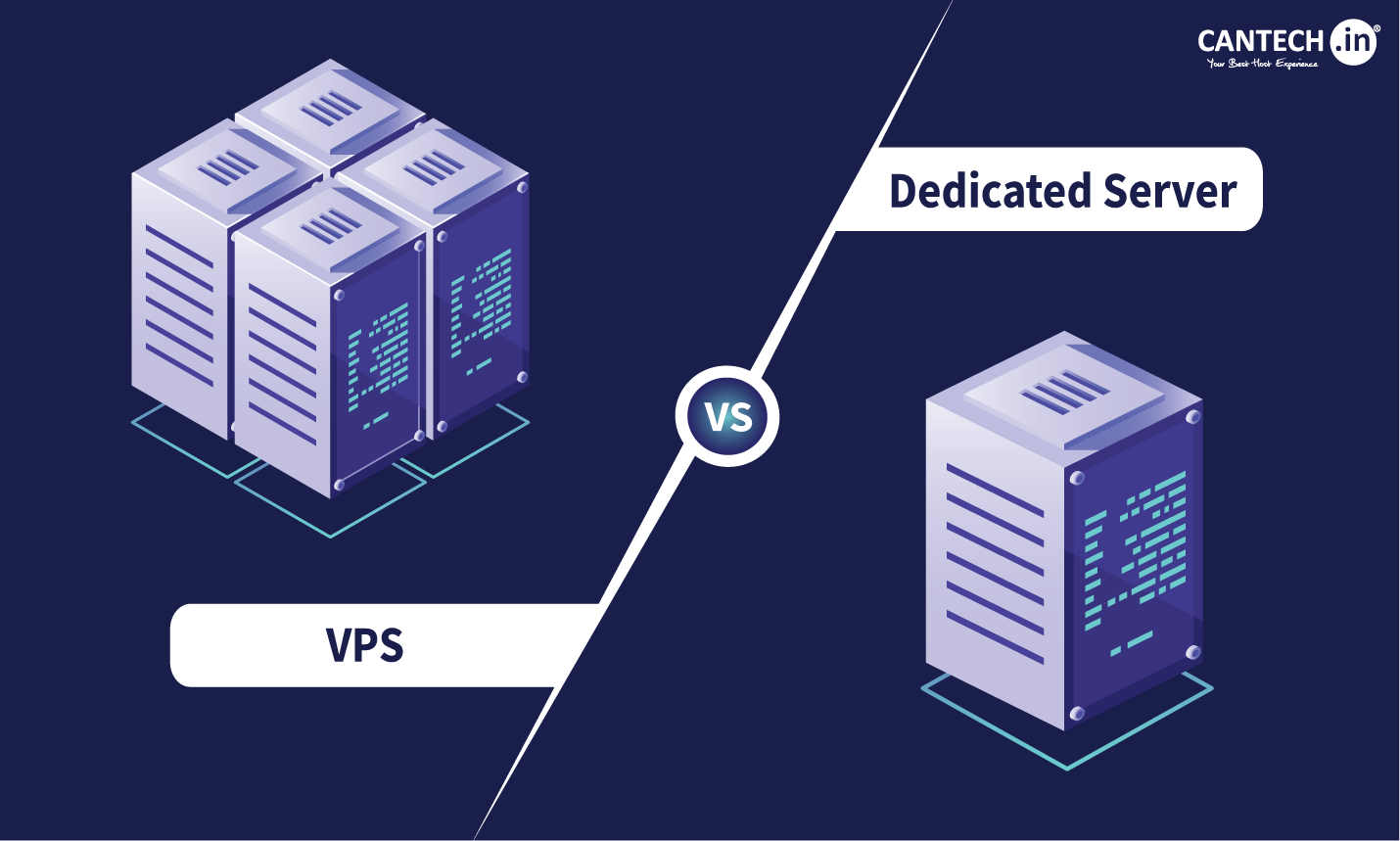As businesses evolve in the digital era, one major transformation lies in how software applications are developed, deployed, and scaled. The debate of Legacy Apps vs Cloud-Native is at the heart of every digital transformation conversation. In this article, we’ll explore their key differences, use cases, and why many enterprises are shifting toward cloud-native solutions.
✅ Internal Link: Looking for a deeper dive into cloud-native architecture? Check our article on Cloud-Native Applications and Architecture – A Modern Approach for Scalable Success
What Are Legacy Applications?
Legacy applications are traditional software systems that were developed using older technologies. These systems often run on-premise or in monolithic environments and were not designed for the agility or scalability demanded by today’s cloud-first world.
Characteristics of Legacy Systems:
- Built using outdated programming languages or platforms
- Monolithic architecture
- Difficult and expensive to maintain or scale
- Usually hosted on in-house servers
- Limited integration with modern cloud services
What Are Cloud-Native Applications?
Cloud-native applications are built specifically to run in cloud environments. They leverage microservices architecture, containerization (like Docker), and orchestration tools (like Kubernetes) to enable agility, scalability, and resilience.
Characteristics of Cloud-Native Apps:
- Designed for the cloud from day one
- Built using modern DevOps practices
- Scalable on-demand with auto-provisioning
- Easily deployable across hybrid or multi-cloud environments
- Resilient through distributed design and fault-tolerance
Legacy vs Cloud-Native: Key Differences
| Feature | Legacy Applications | Cloud-Native Applications |
|---|---|---|
| Architecture | Monolithic | Microservices |
| Scalability | Manual and Limited | Automated and Elastic |
| Deployment | On-premise / Single server | Cloud platforms (AWS, Azure, GCP) |
| Maintenance | High cost and complexity | CI/CD pipelines streamline updates |
| Performance | May degrade under load | Optimized for distributed performance |
Why Are Enterprises Moving to Cloud-Native?
Forward-thinking companies are adopting cloud-native solutions to accelerate innovation, reduce operational overhead, and deliver a better digital experience to users.
Top Benefits Include:
- Faster time-to-market
- Cost optimization
- Better resilience and uptime
- Enhanced security posture
- Seamless integration with modern cloud services
Is Migrating from Legacy to Cloud-Native Worth It?
Yes—modernizing legacy applications can drive major improvements in agility, customer experience, and business continuity. However, it requires a well-planned migration strategy, including:
- Application refactoring or rebuilding
- Cloud-readiness assessment
- Choosing the right cloud architecture
- Partnering with experts like Singleclic
How Singleclic Helps with Legacy to Cloud-Native Transformation
As a leading IT solutions provider since 2013, Singleclic offers tailored services to help enterprises modernize their infrastructure. We specialize in:
- Legacy system assessment and migration
- Cloud-native application development
- Low-code and custom ERP/CRM solutions
- Full-stack hosting, cybersecurity, and 24/7 support
📞 Contact us today:
Egypt: +2 010 259 99225
UAE: +971 42 475421
Saudi Arabia: +966 58 1106563
🌐 Visit: https://singleclic.com
People Also Ask
What is the difference between legacy system and cloud system?
Legacy systems are typically monolithic, hosted on-premise, and harder to scale. Cloud systems are modular, scalable, and cloud-hosted.
What is the difference between cloud-native and traditional applications?
Cloud-native apps are designed for the cloud using microservices and containers, whereas traditional apps often rely on static infrastructure.
What is the difference between cloud-based and traditional applications?
Cloud-based apps are hosted in the cloud but may not be fully cloud-optimized. Traditional apps usually run on internal infrastructure.
What is the difference between cloud-native and cloud-enabled applications?
Cloud-native apps are built for the cloud, while cloud-enabled apps are legacy systems that have been migrated to cloud environments without being redesigned.
Final Thoughts
The move from legacy to cloud-native is not just a tech upgrade—it’s a strategic evolution. With the right partner like Singleclic, your business can unlock the true power of the cloud, ensuring agility, resilience, and growth in today’s competitive digital world.









